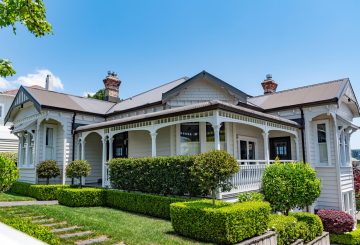生活費が上昇し続ける中、犬や猫などのペットが提供する快適さは、これまで以上に必要になっています。しかし、これらの毛むくじゃらのお友達の世話には費用もかかります。紙幣が山積みになっていると、1ドル1ドルを大切にすることが重要です。ペット保険のスペシャリストであるPD Insuranceは、ペットの飼い主がケアに妥協することなく費用を管理できる方法を提案しています。
PD Insuranceの最高執行責任者であるミシェル・ル・ロングは、多くのペット所有者が直面している厳しい時期を認識しています。彼女は、財政的な負担にもかかわらず、ほとんどのペット所有者はペットを捨てることを拒否していると指摘しています。ペットは家族の絆を深めるだけでなく、家族を元気づけることにもなるので、この取り組みは称賛に値します。
ペットの飼い主が支出を管理できるように、ル・ロングはすべての費用を見直し、より安価または無料の代替品を探すことを提案しています。お金を節約する1つの方法は、身だしなみ、運動、そして「犬のデイケア」を自分で行うことです。これにはもっと手間がかかるかもしれませんが、費用を大幅に削減できます。
基本的なグルーミング機器に投資することで、専門的なサービスを必要とせずにペットの見栄えを良くすることができます。YouTube などのオンラインリソースには、役立つチュートリアルがあります。犬のデイケアは、必要な人もいますが、かなり高額な場合があります。コミュニティのFacebookページは、ペットの飼い主仲間から無料で助けてもらえる良い情報源になり得ます。
おもちゃ、娯楽、寝具に関しては、手作りのシンプルな代替品で十分です。たとえば、猫のおもちゃは、くしゃくしゃにした紙、ボトルトップ、トイレットロール、卵パックなどの家庭ごみから作ることができます。ペット用の寝具には、古い羽毛布団やその他のリネンを使用できます。
ヘルシー・ペット・ニュージーランドの会長であり獣医でもあるキャス・ワトソン博士は、医療費を節約するために、ワクチン接種、去勢手術、ノミや虫の治療などの予防ケアに焦点を当てることを勧めています。彼女はまた、高級ペットフードブランドを検討することを提案しています。高品質の原料を使用しているため、より費用対効果が高いからです。ドライビスケット(キブル)は、ウェットフードよりも安価な代替品です。
特にこのような先行きが不透明な時期には、ペットを家族に加える前に、費用とペットの平均寿命を考慮することが重要です。ペットを買うよりも養子にすることも、お金の節約に役立ちます。ペットの種類を知ることは非常に重要です。ペットの中には、他のペットよりも多くのグルーミング、獣医の診察、運動を必要とするものがあり、それが費用に影響する可能性があるためです。
最後に、「ペット予算」を作成することで、ペットの飼育に関連する費用をより明確に把握でき、費用をより適切に管理できるようになります。厳しい時期とはいえ、ペットが与えてくれる感情的、肉体的な栄養を覚えておくことは重要です。




























































